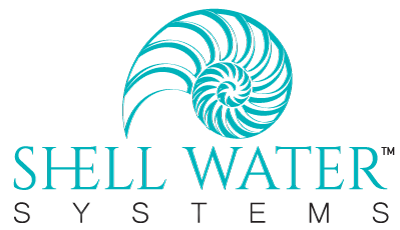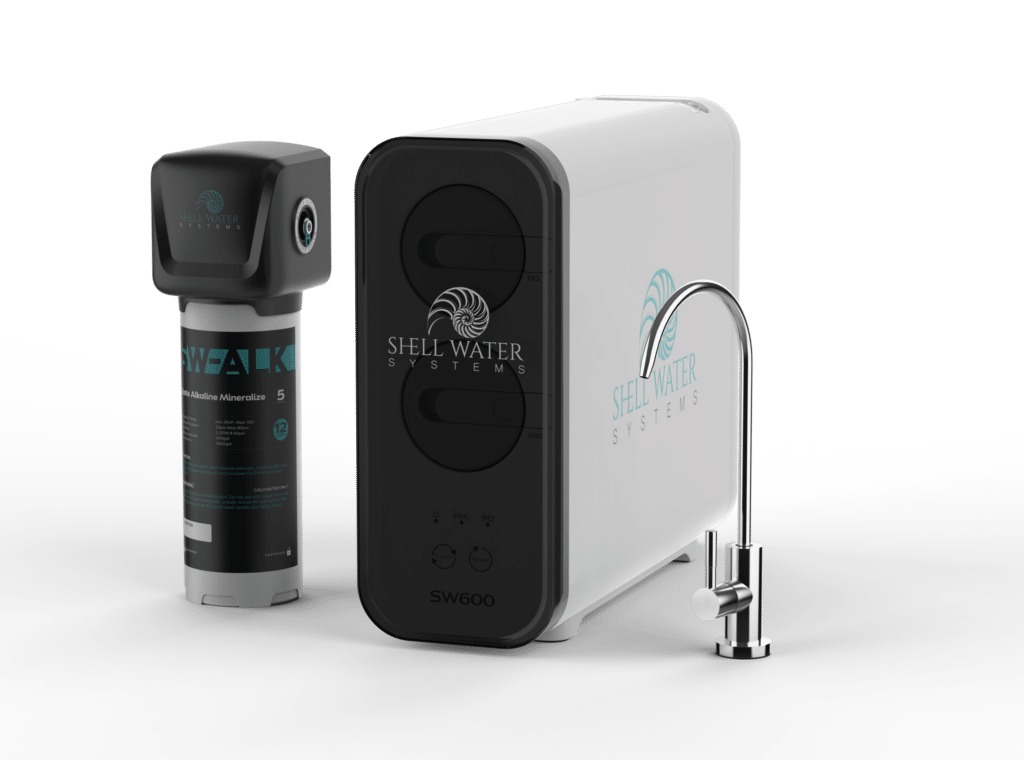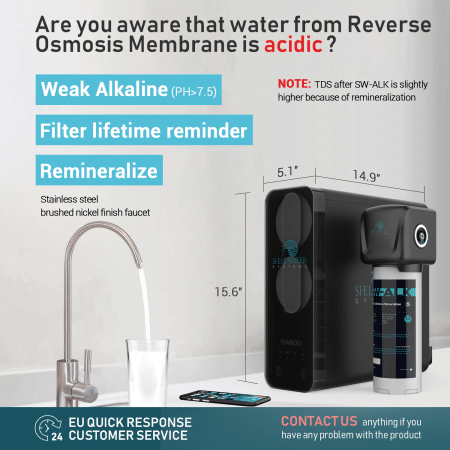Many health-conscious people worry about the health benefits of reverse osmosis water. Reverse osmosis (RO) is a widely used water purification method that uses a semi-permeable membrane to remove impurities and contaminants from water, assuring safe and clean drinking water in homes, industries, and bigger scales.
This extensive article examines the pros and cons of drinking reverse osmosis water and answers some of the most often-asked questions.
How Does Reverse Osmosis Water Filtration Work?
Most reverse osmosis filtration filters have multiple stages. Sediment filters remove sand, dirt, and rust in the first step. A carbon filter removes chlorine, pesticides, and other organic pollutants affecting water flavor and smell before the water undergoes reverse osmosis.
The reverse osmosis membrane is crucial. It is a thin, semi-permeable barrier that lets water molecules through but blocks more giant molecules like dissolved salts and minerals, heavy metals, and other pollutants. The RO membrane has nanometer-wide holes. It filters even tiny particles because of this.
The RO membrane pushes water at 40–60 psi. This pushes water molecules through pores while leaving larger molecules and impurities behind. One side of the membrane collects cleaned water, while the other flushes the contaminants.
After the RO membrane, water may be filtered again to improve it. Some RO filtering systems have a post-carbon filter to eliminate contaminants and improve water flavor. Others have an alkaline water filter to increase the pH of the water before drinking.


